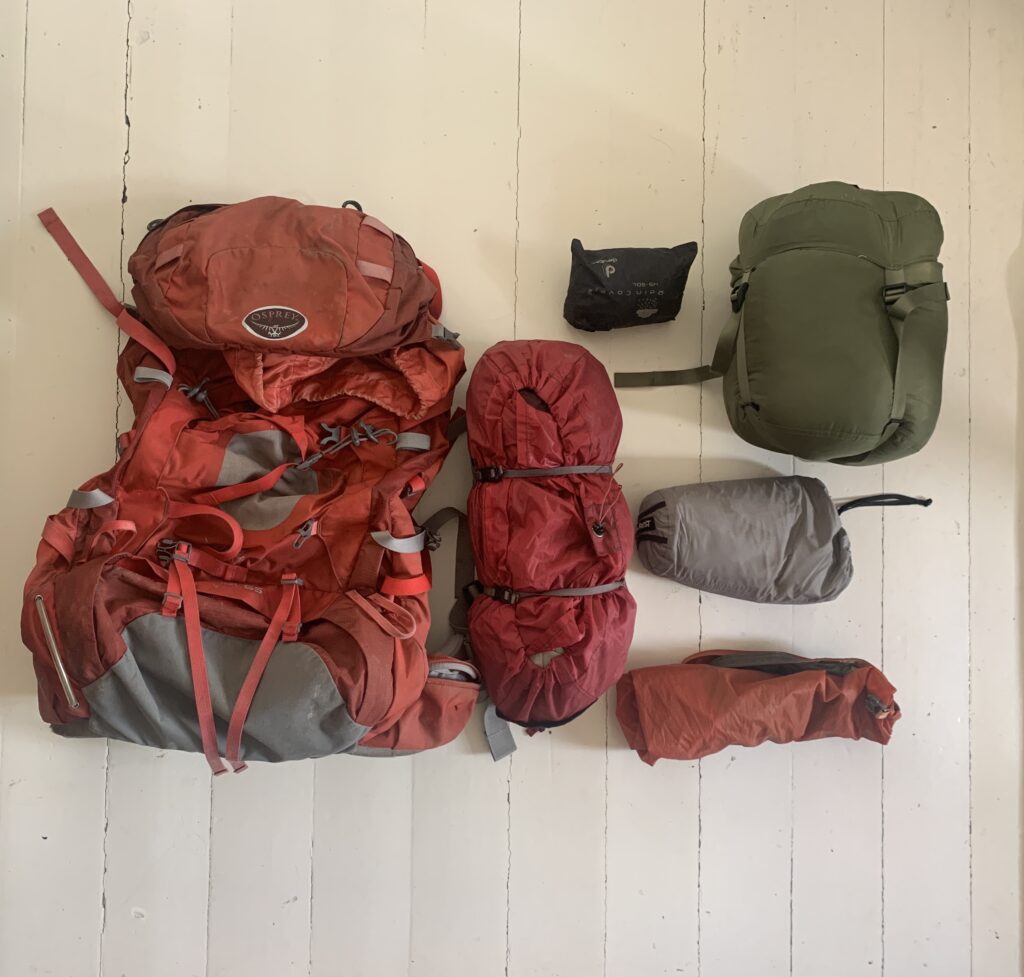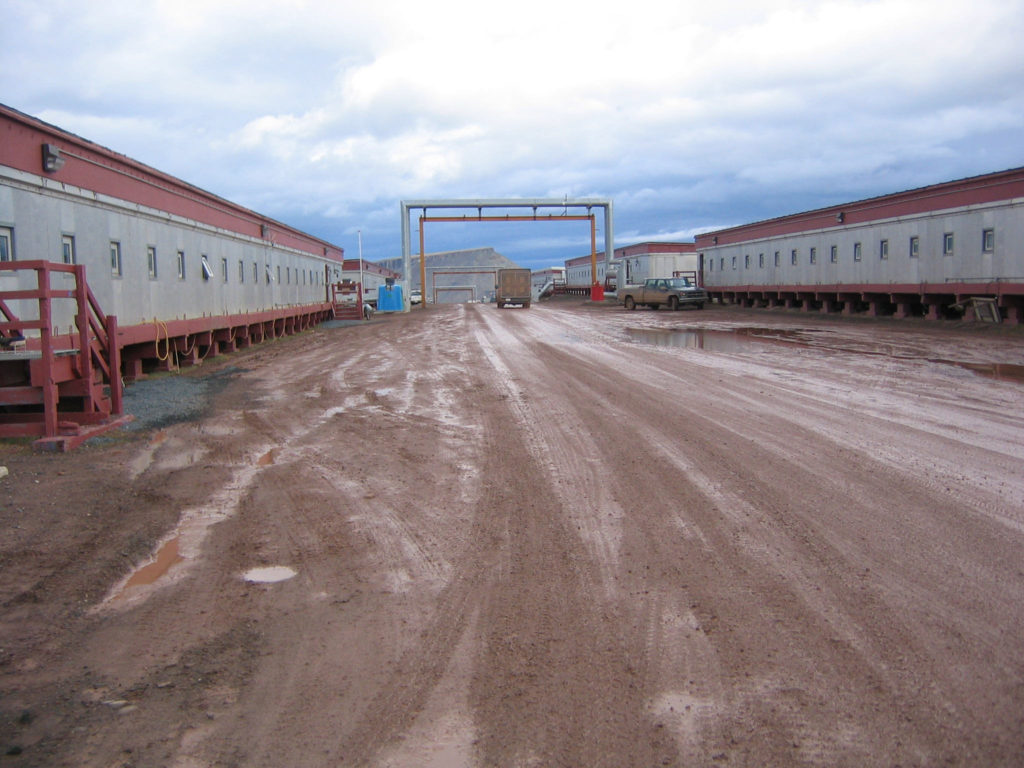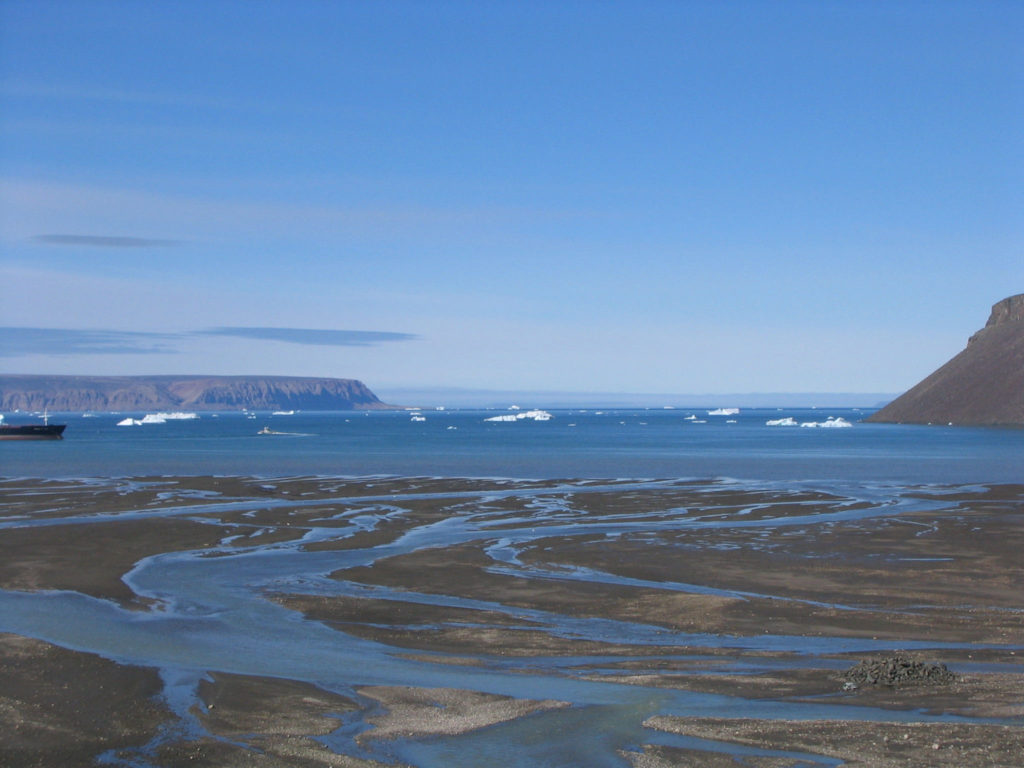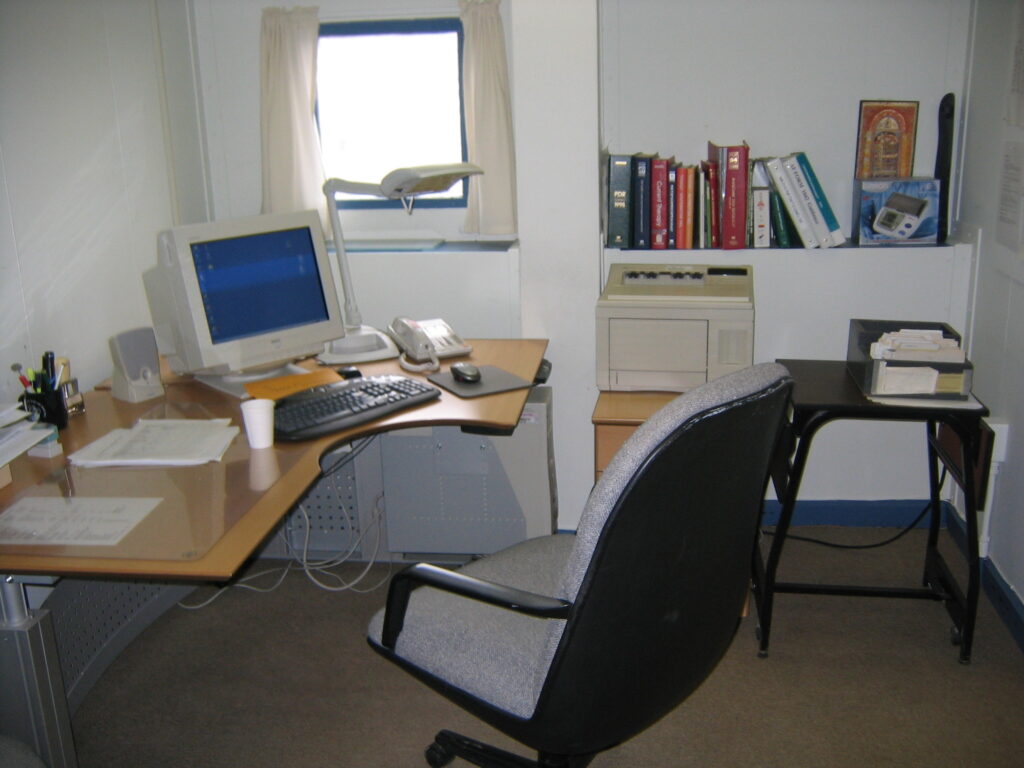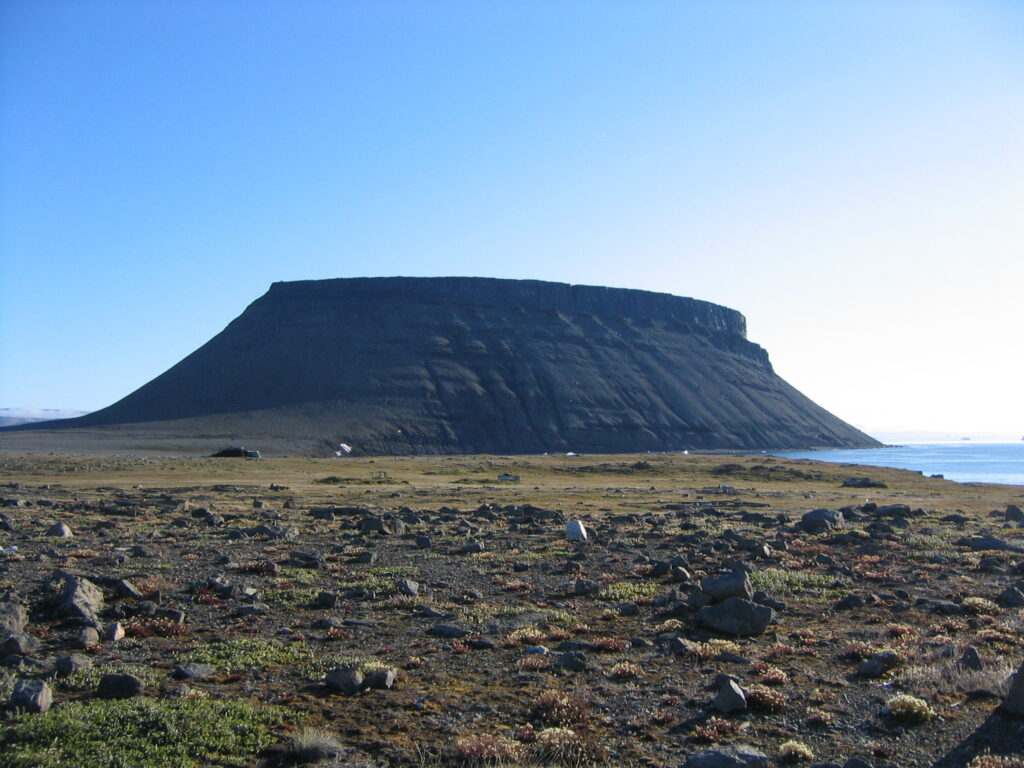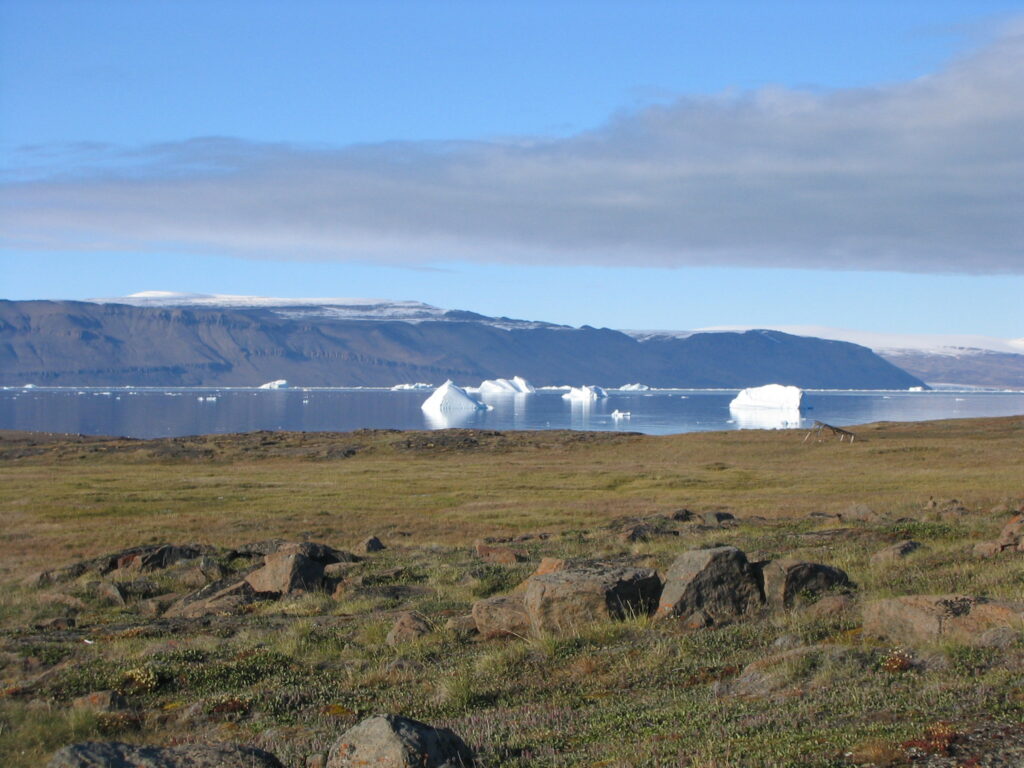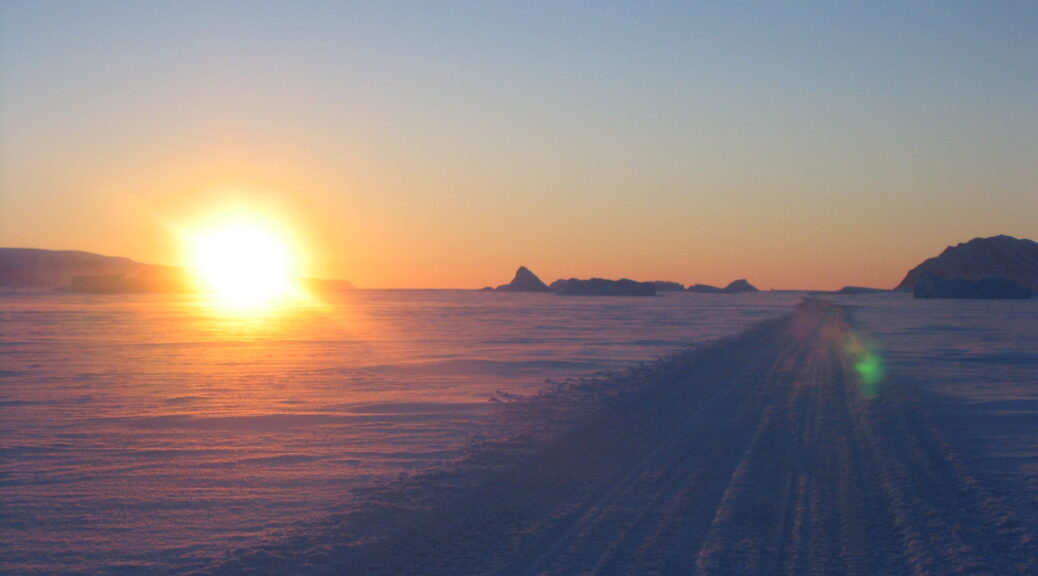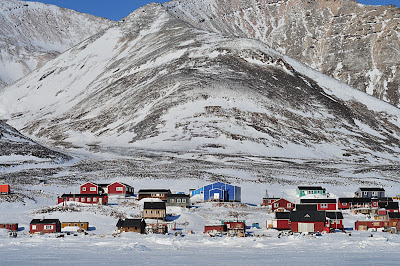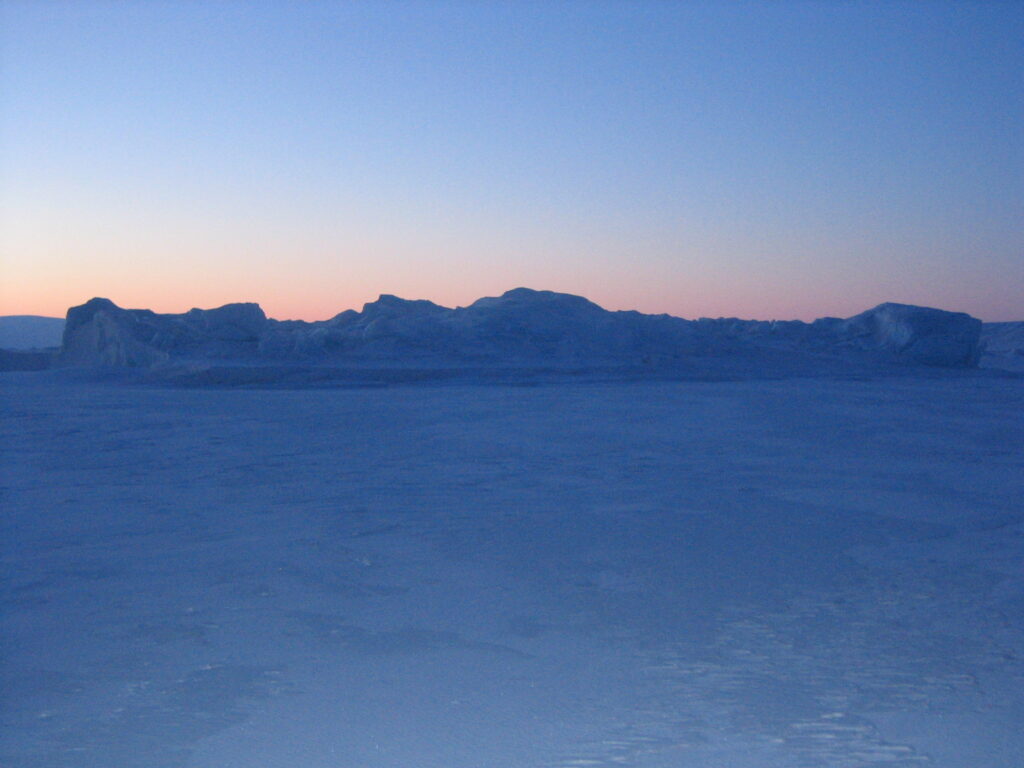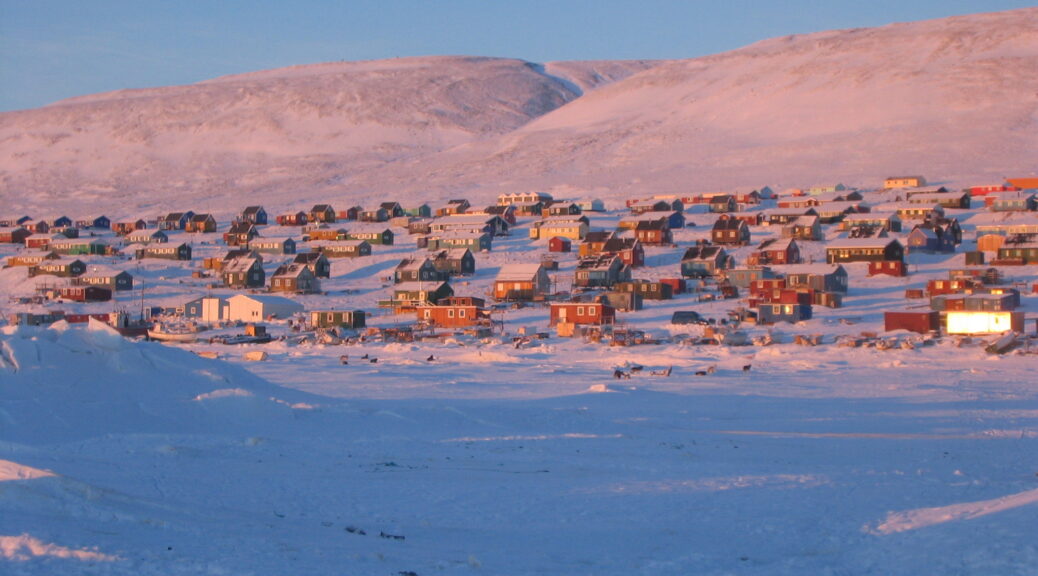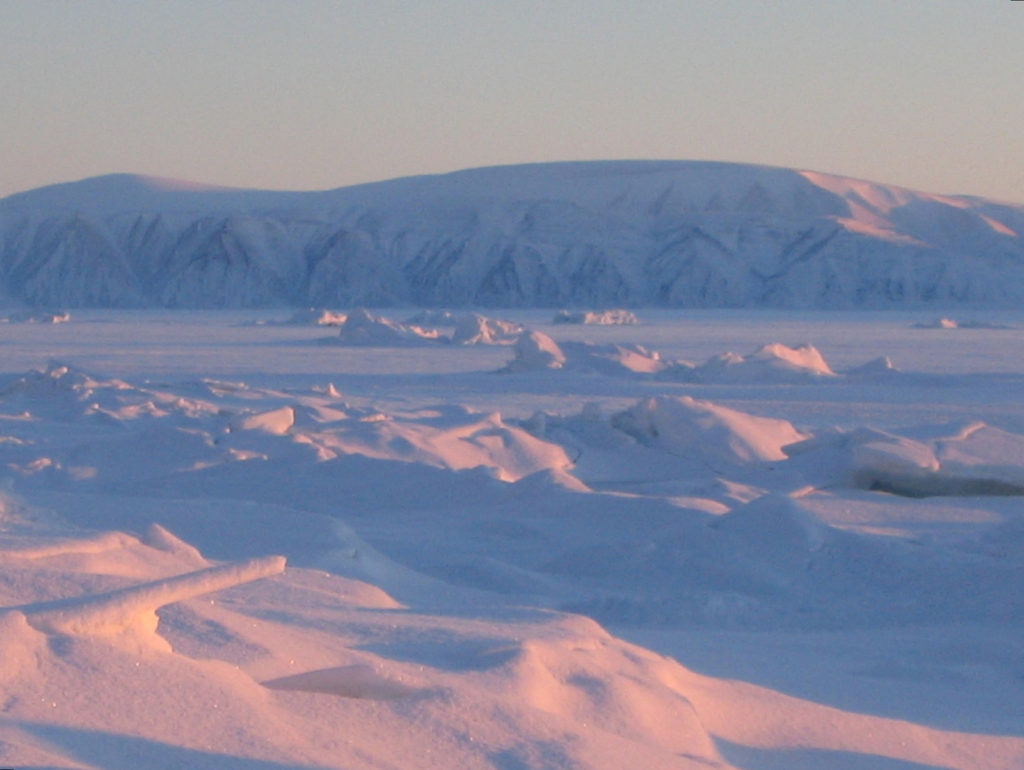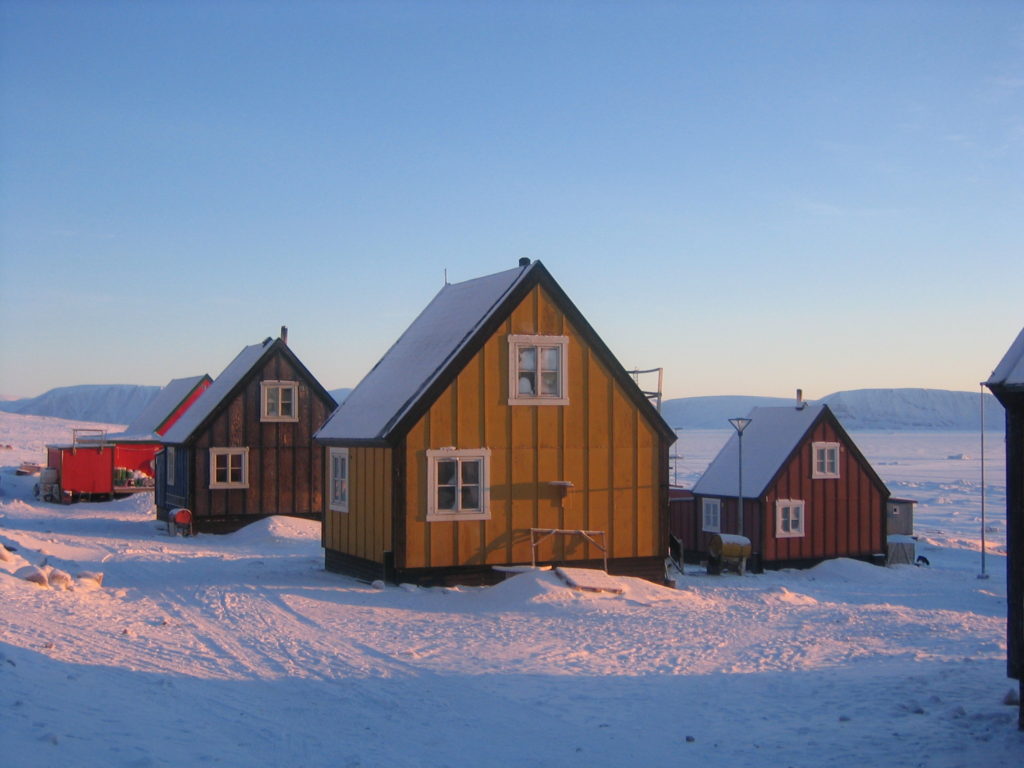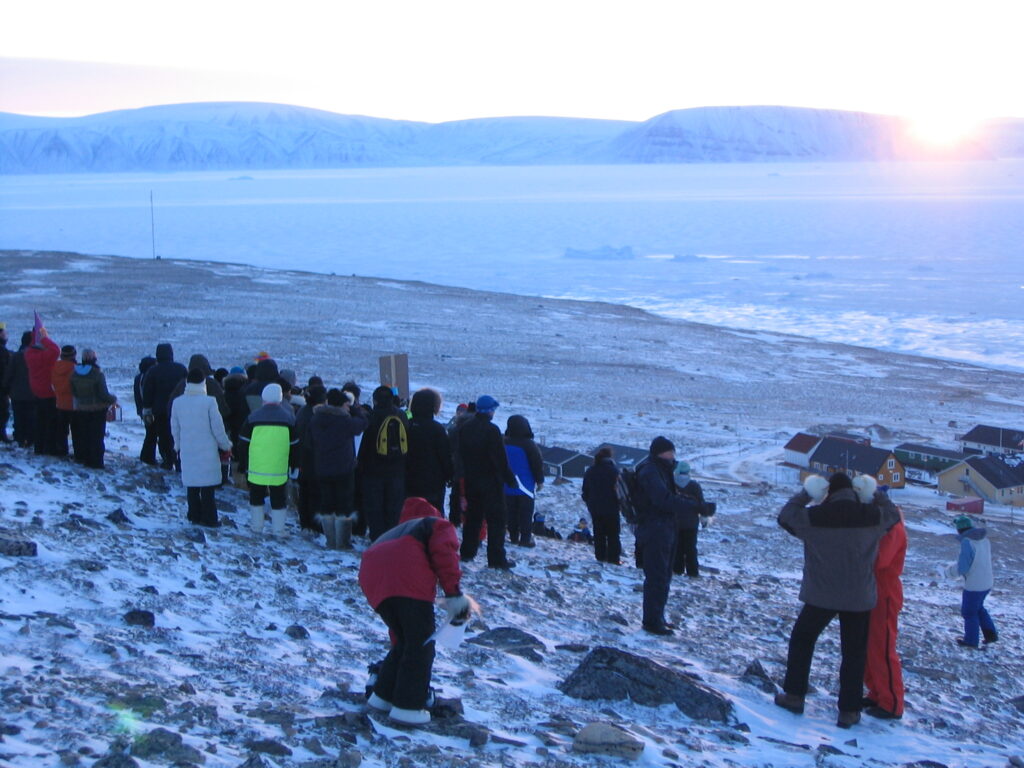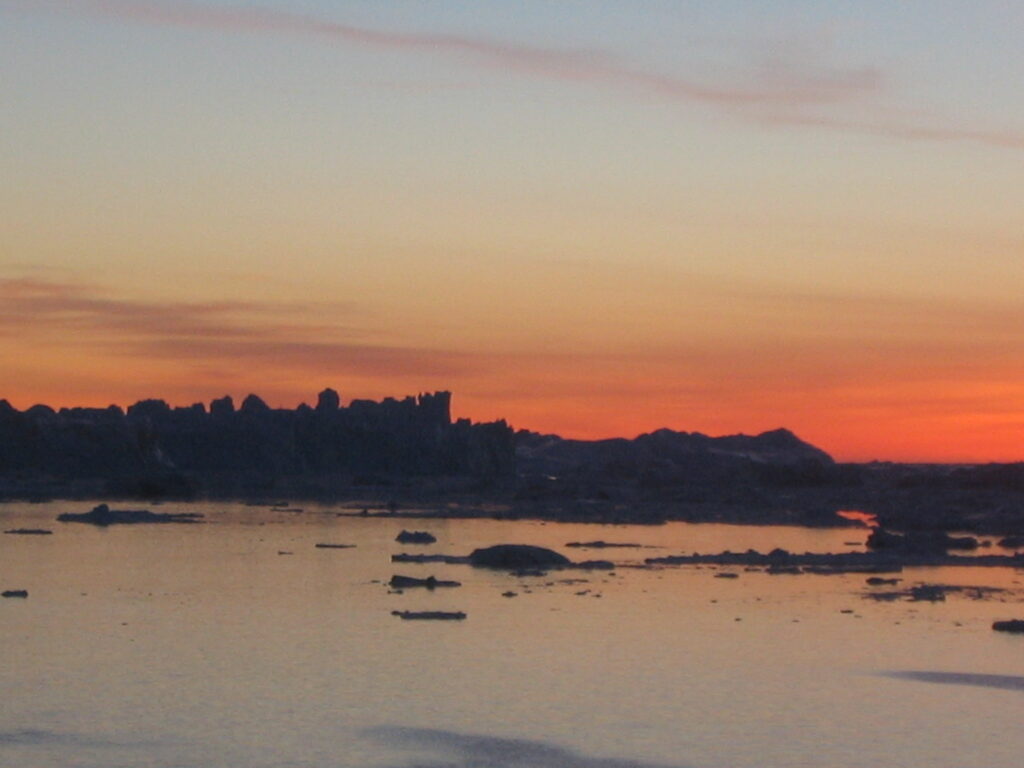In summary:
Norge på Langs (Knivskjellodden-Lindesnes Fyr): 2702 km
Knivskjellodden-Trondheim: 1759 km
Trondheim-Lindesnes Fyr: 943 km
Nordkalottleden (Kautokeino-Sulitjelma): 667 km
DNT Massiv (Sota Sæter-Haukeliseter): 363 km
Total days spent on the trail: 186
Days used to resupply: 9
Rest days due to bad weather: 17
Section 1: Knivskjellodden-Kautokeino. June 3-26, 2019. 347 km.
Magerøya, June 3-5, 2019. 61 km.
Day 1: Knivskjellodden-Nordkapp-Kjeftavatnet (tent)
Day 2: Kjeftavatnet-Polldalen (tent)
Day 3: Polldalen-North Cape Tunnel-Roggejávri/Fisketindvatnet (tent)
Porsanger peninsula, June 6-11. 70 km.
Day 4: Roggejávri-Bealččajávri (tent)
Day 5: Bealččajávri-Fáhccagielas (tent)
Day 6: Rest day due to bad weather
Day 7: Fáhccagielas-Gussoaivi (tent)
Day 8: Gussoaivi-Olderfjord
Day 9: Rest day in Olderfjord
Finnmarksvidda, June 12-26. 216 km.
Day 10: Olderfjord-Skáiddemohkki (tent)
Day 11: Skáiddemohkki-Skáiddejávri (tent)
Day 12: Skáiddejávri-Leaktojávri (tent)
Day 13: Leaktojávri-Njárgajávrrit (tent)
Day 14: Njárgajávritt-Suolojávri (tent)
Day 15: Suolojávri-Bojobæski (tent)
Day 16: Bojobæski-Jotka Fjellstue
Day 17: Jotka-Savostanjávri (tent)
Day 18: Savostanjávri-Masi
Day 19: Masi. But to Alta
Day 20: Alta
Day 21: Alta-bus Masi-Sáitejavri (tent)
Day 22: Sáitejávri-Kautokeino
Day 23: Rest day
Day 24: Rest day
Section 2: Kautokeino-Sulitjelma. Nordkalottleden. June 27-August 12. 667 km.
Reisadalen, June 27-July 1. 93 km.
Day 25: Kautokeino-Ráisjávri (tent)
Day 26: Ráisjávri-Imogammen
Day 27: Imogammen-Vuomatakka
Day 28: Vuomatakka-Furuholmen (tent)
Day 29: Furuholmen-Ovi Raishiin (tent)
The Finnish section, July 2-7. 91 km.
Day 30: Ovi Raishiin-Somahytta
Day 31: Somahytta-Pihtsusköngäs (tent)
Day 32: Pihtusköngäs-Saarijärvi (tent)
Day 33: Saarijärvi-Kilpisjärvi
Day 34: Tromsø
Day 35: Tromsø
Inner Troms, July 8-17. 182 km.
Day 36: Tromsø-Kilpisjärvi-Treriksrøys (tent)
Day 37: Treriksrøysa-Pältsa (tent)
Day 38: Pältsa-Gassavággi (tent)
Day 39: Gassavággi-Čievččasjávri (tent)
Day 40: Čievččasjávri-Ole Nergårdbua
Day 41: Ole Nergårdbua-Lake 697, Vuoma (tent)
Day 42: Lake 697, Vuoma-Gaskashytta (tent)
Day 43: Gaskashytta-Altevasshytta (tent)
Day 44: Altevasshytta-Lappjordshytta (tent)
Day 45: Lappjordshytta-Abisko
The Narvik Mountains, July 23-August 5. 204 km.
Day 46: Abisko-Boazojohka (tent)
Day 47: Boazojohka-Hoiganjohka (tent)
Day 48: Hoiganjohka-Cunojávri (tent)
Day 49: Cunojávri-Caihnavággi (tent)
Day 50: Caihnavággi-Gautelisvatnet (tent)
Day 51: Gautelisvatnet-Čoađgejávri (tent)
Day 52: Čoađgejávri-Sitashytta (tent)
Day 53: Sitashytta-Paurohytta
Day 54: Paurohytta-Gåbddåjávrre (tent)
Day 55: Gåbddåjávrre-Sårgåjávrre river (tent)
Day 56: Sårgåjávrre river-Rikkekjåhkå (tent)
Day 57: Rikkekjåhkå-beneath Rávdoajvve (tent)
Day 58: Beneath Rávdoajvve-Rávddajávrre Hut
Day 59: Rávddajávrre Hut-Vaisaluokta (-Ritsem)
Padjelanta and The Sulitjelma Mountains, August 6-12. 97 km.
Day 60: (Ritsem)-Vaisaluokta-Guossjájåhkå (tent)
Day 61: Rest day
Day 62: Guossjájåhkå-Vidjáguojkka (tent)
Day 63: Vidjáguojkka-Miellädno (tent)
Day 64: Miellädno-Stáloluokta (tent)
Day 65: Stáloluokta-Sårjåsjávrre (tent)
Day 66: Sårjåjávrre-Ny Sulitjelma Fjellstue (tent)
Section 3: Sulitjelma-Røyrvik. August 13-September 12. 389 km.
Junkerdalen, August 13-19. 80 km.
Day 67: Ny Sulitjelma Fjellstue-Sulitjelma Turistsenter
Day 68: Sulitjelma Turistsenter-Coarvihytta (tent)
Day 69: Coarvihytta-Balvasshytta (tent)
Day 70: Balvasshytta-Trygvebu (tent)
Day 71: Trygvebu-Lønsstua (tent)
Day 72: Mo i Rana
Day 73: Mo i Rana-Saltfjellet Hotell
Saltfjellet, August 20-22. 53 km.
Day 74: Saltfjellet Hotell-Saltfjellstua (tent)
Day 75: Saltfjellstua-Krukkistua (tent)
Day 76: Krukkistua-Bolnastua (tent)
Okstindan and Umbukta, August 23-September 1. 145 km.
Day 77: Bolnastua-Virvasshytta (tent)
Day 78: Virvasshytta-Kvitsteindalstunet (tent)
Day 79: Kvitsteindalstunet-Sauvasshytta (tent)
Day 80: Sauvasshytta-Umbukta
Day 81: Umbukta-Grasfjellkoia
Day 82: Grasfjellkoia-Gressvasshytta (tent)
Day 83: Gressvasshytta-Stekvasselv Gård
Day 84: Stekvassselv Gård-Sivertgården
Day 85: Sivertgården-Krutå
Day 86: Krutå-Hatfjelldal Camping
Børgefjell, September 2-12, 111 km.
Day 87: Hatfjelldal Camping-Furuheim Gård
Day 88: Rest day due to bad weather
Day 89: Rest day due to bad weather
Day 90: Furuheim Gård-Øvre Båttjønna (tent)
Day 91: Øvre Båttjønna-Kjukkelelva (tent)
Day 92: Kjukkelelva-Virmaelva (tent)
Day 93: Virmaelva-Storvika (gapahuk)
Day 94: Storvika-Krokvatnet (tent)
Day 95: Krokvatnet-Limingen Gjestegård, Røyrvik
Day 96: Rest day due to bad weather
Day 97: Rest day due to bad weather
Section 4: Røyrvik to Trondheim, September 13-29, 356 km.
Day 98: Limingen Gjestegård-Storhusvika (tent)
Day 99: Storhusvika-Skorovasshøtta (tent)
Day 100: Rest day due to bad weather
Day 101: Rest day due to bad weather
Day 102: Skorovasshøtta-Reinsjøen (tent)
Day 103: Reinsjøen-Berg Gård
Day 104: Berg Gård-Heia Gjestegård
Day 105: Heia Gjestegård-Snåsa
Day 106: Snåsa-Imsdalen (tent)
Day 107: Imsdalen-Roktdalen (tent)
Day 108: Roktdalen-Bodom kapel
Day 109: Bodom kapel-Steinkjer
Day 110: Steinkjer-Stiklestad
Day 111: Stiklestad-Levanger
Day 112: Levanger-Bulandsvatnet (tent)
Day 113: Bulandsvatnet-Stjørdal
Day 114: Stjørdal-Hommelvik
Day 115: Hommelvik-Trondheim S
Section 5: Trondheim to Trollheimen, August 10-13, 2020. 80 km.
Day 116: Trondheim S-Motrøa (tent)
Day 117: Motrøa-Mellingsætra (tent)
Day 118: Mellingsætra-Olskastet
Day 119: Olskastet-Druggudalen (tent)
Section 6: Trollheimen to Breheimen, August 14-29, 2020. 206 km.
Trollheimen-Kårvatn-Innerdalen-Sunndalen. August 14-19. 66 km.
Day 120: Druggudalen-Svartåa (tent)
Day 121: Svartåa-Naustådalen pass (tent)
Day 122: Naustådalen pass-Kårvatn (tent)
Day 123: Kårvatn-Bjøråvatnet (tent)
Day 124: Bjøråvatnet-Innerdalen (tent)
Day 125: Innerdalen-Eriksvollen
Sunndalen to Romsdalen (Sunndalsfjellene), August 20-25. 57 km.
Day 126: Eiriksvollen-Dalavatnet (tent)
Day 127: Dalavatnet-Raubergshytta (tent)
Day 128: Rest day due to bad weather
Day 129: Raubergshytta-Aursjøhytta
Day 130: Rest day due to bad weather
Day 131: Aursjøhytta-Lynningen (tent)
Reinheimen, August 26-29. 83 km.
Day 132: Lynningen-beg. Lordalen (tent)
Day 133: Lordalen-Bergebua
Day 134: Bergebua-Pollfoss Gjestehus
Day 135: Pollfoss Gjestehus-Sota Sæter (tent)
Section 7: Breheimen to Haukeliseter. DNT MASSIV. August 30-September 28, 2020. 363 km.
Breheimen, August 30-September 5. 74 km
Day 136: Sota Sæter-Sprongdalshytta (tent)
Day 137: Sprongdalshytta-Greindalen (tent)
Day 138: Greindalen-Løndøla (tent)
Day 139: Løndøla-Nørstedalseter (tent)
Day 140: Nørstedalseter-Fortundalen (tent)
Day 141: Fortundalen-Turtagrø.
Day 142: Rest day due to bad weather.
Jotunheimen, September 6-9. 58 km
Day 143: Turtagrø-Utladalen bridge (tent)
Day 144: Utladalen-End of Uradalsvatnet (tent)
Day 145: Rest day due to bad weather
Day 146: Uradalsvatnet-Tyinkrysset Fjellstue
Skarvheimen, September 10-20. 105 km
Day 147: Tyinkrysset-Sulebu (tent)
Day 148: Sulebu-Skarvheim DNT hut
Day 149: Rest day due to bad weather
Day 150: Rest day due to bad weather
Day 151: Rest day due to bad weather
Day 152: Skarvheimen-Bjordalsbu (tent)
Day 153: Bjordalsbu-Iungsdalshytta (tent)
Day 154: Kongshelleren (tent)
Day 155: Rest day due to bad weather
Day 156: Kongshelleren-Geitryggvatnet (tent)
Day 157: Geitryggvatnet-Brebua, Finse
Hardangervidda, September 21-28. 126 km
Day 158: Finse-Finnsbergvatnet (tent)
Day 159: Finnsbergvatnet-Lundhaukedalen (tent)
Day 160: Lundhaugedalen-Sandhaug (tent)
Day 161: Rest day due to bad weather
Day 162: Sandhaug-Litlos (tent)
Day 163: Litlos-Hellevassbu (tent)
Day 164: Hellevassbu-Haukeliseter
Day 165: Rest day due to bad weather
Section 8: Ryfylkeheine, September 29-October 14. 178 km.
Day 166: Haukeliseter-Raudmøra, Kvanndalen (tent)
Day 166: Raudmøra-Bleskestadåa (tent)
Day 167: Bleskestadåa-Bleskestadmoen (tent)
Day 168: Bleskestadmoen-Jonstølen
Day 169: Jonstølen-Vassdalene (tent)
Day 170: Vassdalene-Krossvatn (tent)
Day 171: Krossvatn-Vassdalstjørn
Day 172: Vassdalstjørn-Hovatn (tent)
Day 173: Hovatn-Storsteinen (tent)
Day 174: Storsteinen-Kringlevatn
Day 175: Rest day due to bad weather
Day 176: Kringlevatn-Taumevatn
Day 177: Taumevatn-Håhelleren (tent)
Day 178: Håhelleren-Gaukhei (tent)
Day 179: Gaukhei-Ljosland Fjellstove
Day 180: Rest day
Section 9: Ljosland to Lindesnes Fyr. September 15-20. 116 km
Day 181: Ljosland Fjellstove-Kyrkjebygda
Day 182: Kyrkjebygda-Eiken Feriesenter
Day 183: Eiken Feriesenter-Kvåstunet
Day 184: Kvåstunet-Paulsens Hotel
Day 185: Paulsens Hotel-Lindesnes Havhotel
Day 186: Lindesnes Havhotel-Lindesnes Fyr!!
Getting there and away:
Getting to Knivskjellodden: Own car from Copenhagen to Abisko – Train to Narvik – Bus to Tromsø – Hurtigruten to Honningsvåg – Bus to Knivskjellodden Parking.
Getting away from Lindesnes Fyr: Hitchhiked to Spangereid – Bus to Mandal – Bus to Kristiansand – Train to Oslo – Passenger ferry to Copenhagen.






